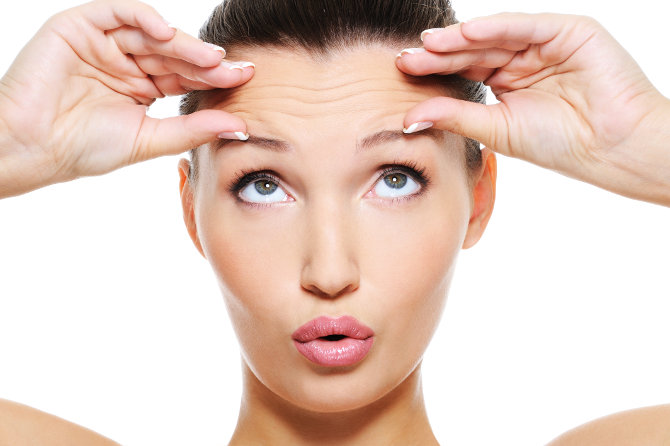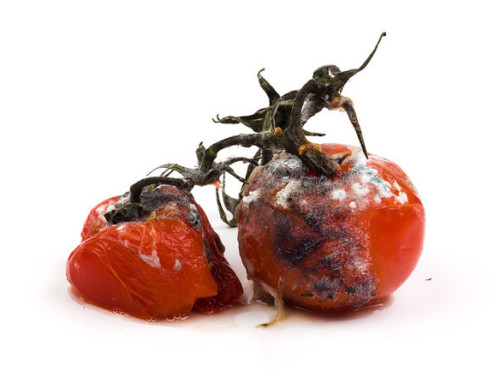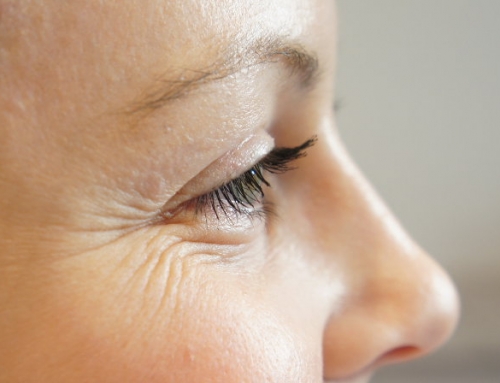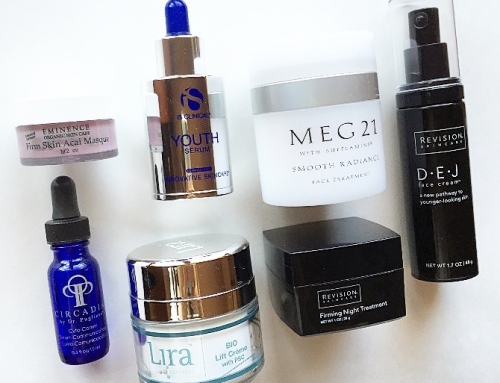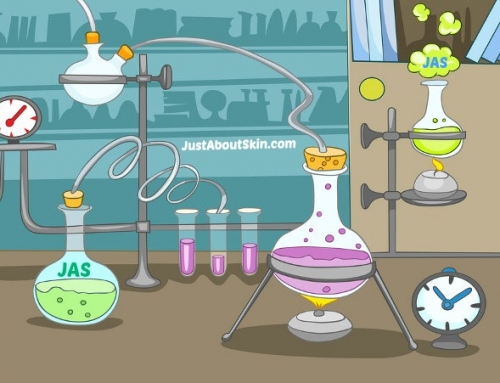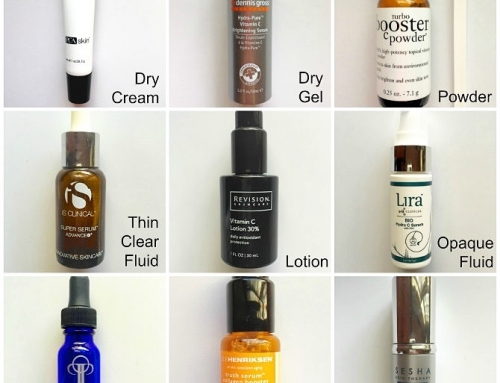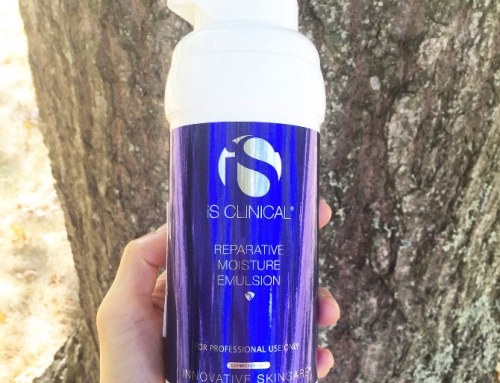If you enjoy following skin care ingredient trends, then you’ll know that peptides for skin are hot age-fighting ingredients. They’ve been around for the past decade but are becoming more and more common in skin care.
But the word peptide draws a blank for most people. It might sound intimidating, but I’ll try to explain it in simple terms and give you a brief overview of their benefits.
What Is A Peptide?
A peptide is a small fragment of protein. More precisely, it is a few amino acids linked together by a peptide bond. That’s where they get their name from.
And what are amino acids?
Amino acids are the building blocks of protein. There are 20 amino acids used in our body. When you string together a few of these amino acids, you form a peptide. When you string thousands of them together, you get a protein.
By the way, amino acids are commonly used in moisturizers to give skin more moisture. This is because some amino acids are natural components of the skin’s Natural Moisturizing Factor.
What Do Peptides Do?
The first generation peptides on the market were used for age-fighting – like stimulating collagen, elastin, and GAG production. (GAG = glycoasminoglycans, which make up the fluid between collagen and elastin fibers and give skin its plumpness.)
Nowadays, we have second and third generation peptides that go beyond age-fighting, like treating hyperpigmentation or under-eye circles, de-sensitizing sensitive skin, reducing cellulite, enhancing hair growth, even treating hair loss.
Better serums, moisturizers, and eye creams contain one or a few peptides. They’re expensive ingredients, so these products generally don’t come cheap.
Types of Peptides
A peptide performs a targeted function. There are 4 types of peptides for skin:
1. Signal Peptides
This kind of peptide is a chemical messenger. It basically tells a cell to do something. It moves around carrying a signal.
So for example, it can signal a fibroblast to produce more collagen. Or it can signal a protein to block a step during melanin production.
Cells communicate with each other by peptides and proteins. That’s why peptides are useful in skin care. They can jumpstart cellular processes. This is especially useful with aging skin, when everything slows down. Peptides get those processes going again.
Examples:
- Matrixyl (Palmitoyl Pentapeptide-4) – This is the most studied and most common peptide in skin care, a first generation peptide.
It stimulates collagen synthesis and has been shown to increase several types of collagen (Type 1 and 4) and GAG’s. The effects on skin are reduced wrinkle depth, wrinkle volume, and skin roughness, and increased skin thickness.
- Matrixyl 3000 (Palmitoyl Oligopeptide / Palmitoyl Tetrapeptide-7) – A dual peptide (two different peptides) that work in synergy to stimulate the wound healing process and repair damaged tissues.
Part of the wound healing process involves increasing collagen production. When skin is wounded, damaged tissue must be replaced by new skin tissue. So a peptide that can stimulate wound healing can also increase collagen in unwounded skin.
As we age, not only do we lose collagen, but our existing collagen becomes damaged (through glycation for example). Also, the quality of newly synthesized collagen declines. Its structure is not as neat and organized (so skin is not as smooth).
- Matrixyl synthe’6 (Palmitoyl Tripeptide-38) – This peptide boosts the production of matrix proteins in the Dermal-Epidermal Junction (several types of collagen, fibronectin, laminin) and other components of the extracellular matrix, such as hyaluronic acid.
- SYN-COLL (Palmitoyl Tripeptide-5) – This peptide boosts collagen production by activating a key growth factor (TGF-Beta).
2. Neuropeptides (Wrinkle Relaxers)
These peptides help to relax wrinkles by limiting the production and release of the neurotransmitters that control facial muscle contractions.
When muscles relax, the skin relaxes too, which reduces the depth of wrinkles.
These peptides are sometimes nicknamed Botox mimics.
Examples:
- Argireline (Acetyl Hexapeptide-3)
- SNAP-8 (Acetyl Octapeptide-3)
- SYN-AKE (dipeptide diaminobutyroyl benzylamide diacetate)
- Inyline (Acetyl Hexapeptide-30)
3. Enzyme Inhibitor Peptides
These peptides inhibit the activity of enzymes. For example, MMP enzymes which break down collagen, elastin, and other proteins. Or enzymes involved in the pigmentation process.
Example:
- Trylagen (tripeptide-10, tripeptide-1) – a dual peptide that reduces MMP action and boosts Collagen Types 1, 3, and 4.
Peptides can also fight glycation by acting as a ‘sugar trap’ – binding to sugar so that sugar can’t bind to collagen.
4. Carrier Peptides
These peptides increase the delivery of trace elements, such as copper and manganese, and bioactive ingredients into skin.
Example:
- Copper peptides (e.g. GHK tripeptide, Copper PCA) – increase the delivery of copper into cells (copper is an essential cofactor in collagen synthesis).
There are many other peptides on the market now. And new ones continue to be discovered every year.
How To Identify A Peptide
It’s quite easy – just look for the word ‘peptide’! In fact, it will appear in the ingredient list. Sometimes, a peptide is called by its trade name, like Matrixyl. But on the ingredient list, its full chemical name must be spelled out.
Some peptides start with another word, like Palmitoyl or Acetyl. This is a fatty acid that is attached to the peptide to increase its penetration into the skin. A fatty acid can breach the lipid barrier and therefore ‘carry’ the peptide further into skin.
Don’t worry about the number that comes after the word ‘peptide.’ That number is completely arbitrary. A higher number doesn’t mean it’s better.
Related Reading:
Want articles delivered straight to your inbox? Sign up here.

